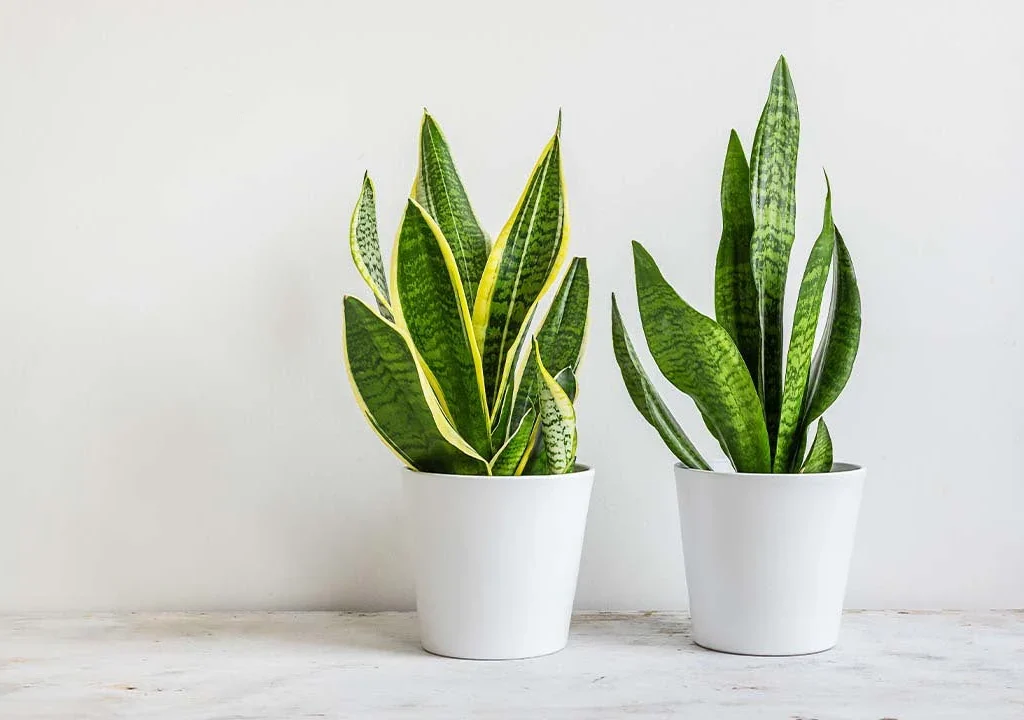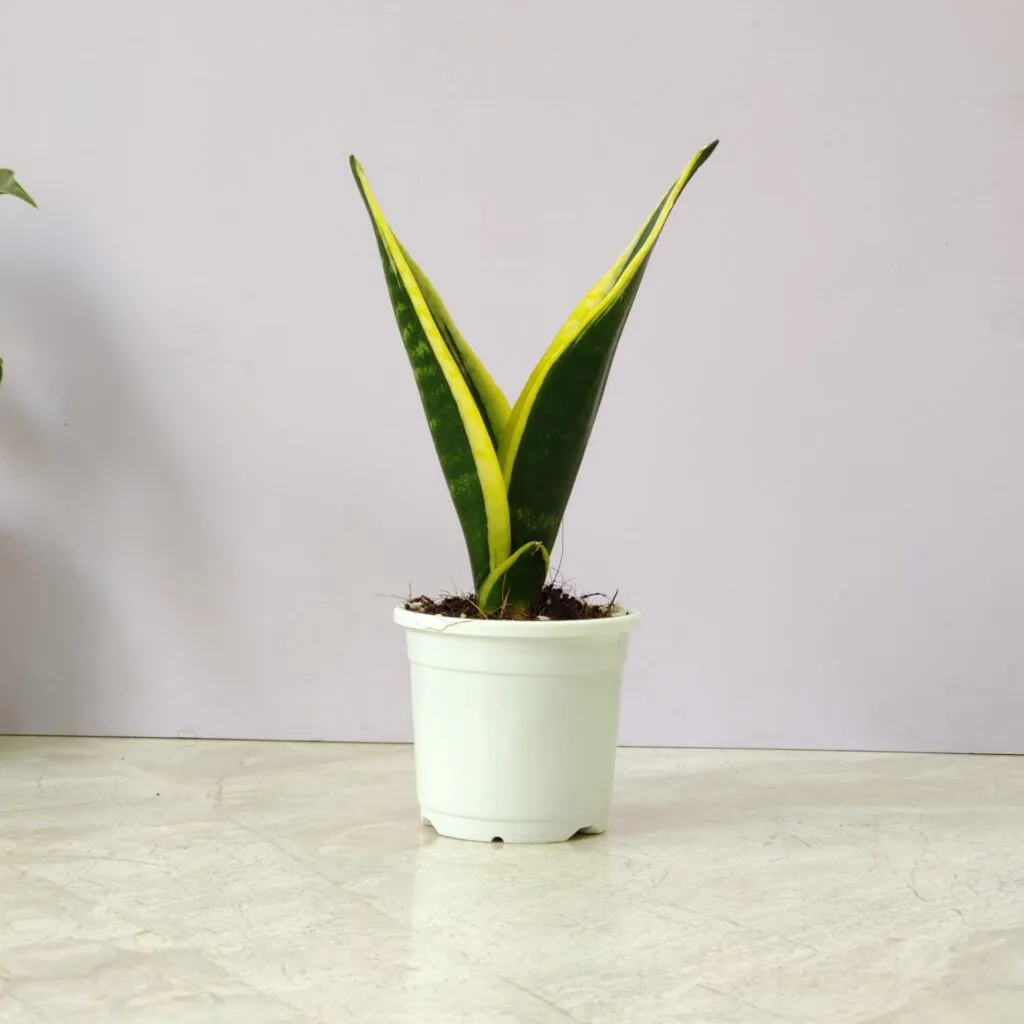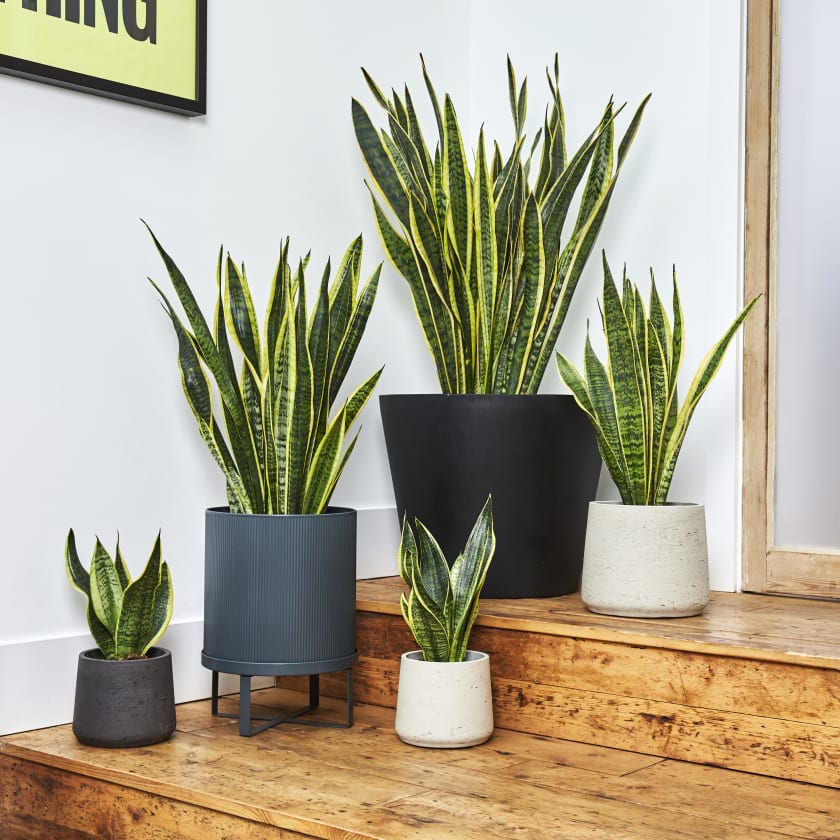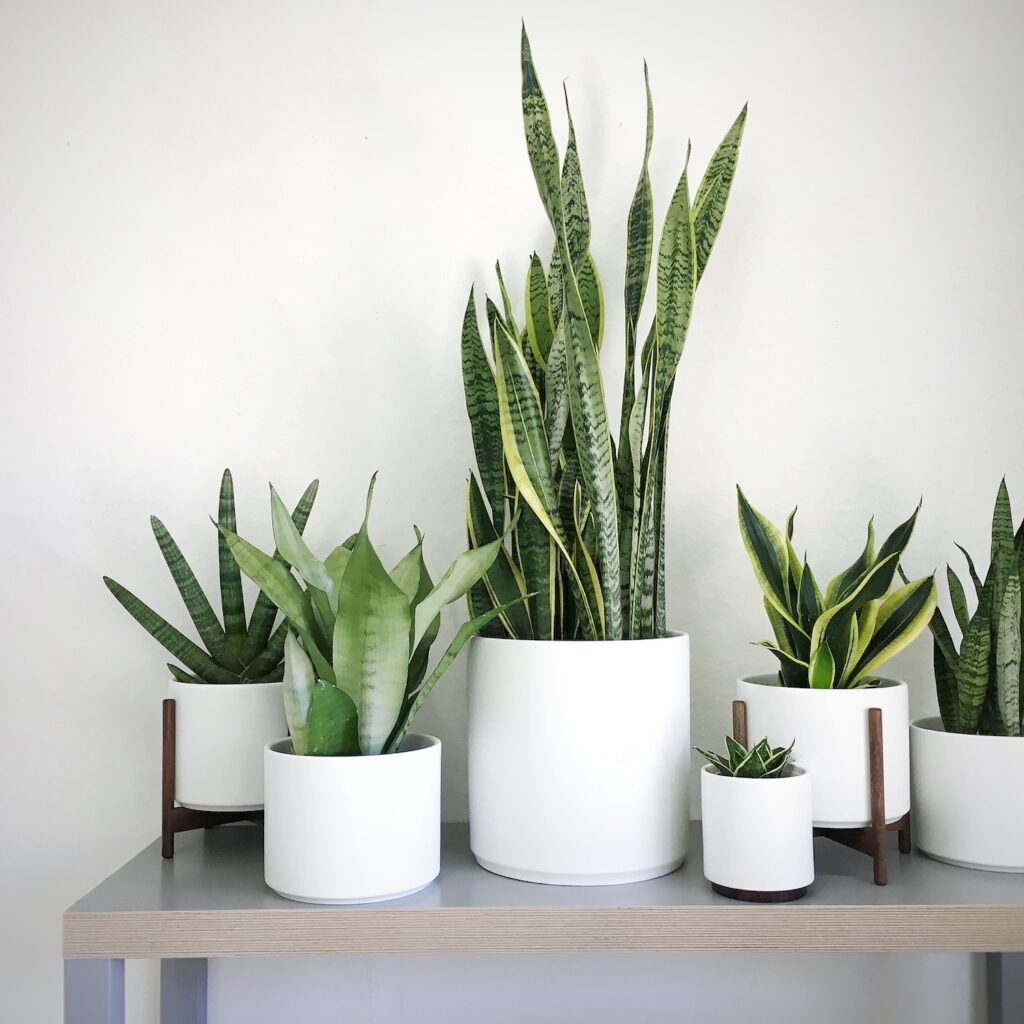If you’re looking to dive into the world of indoor gardening, few plants are as perfect for beginners as the snake plant—also known as Sansevieria or Dracaena trifasciata. With its striking upright leaves, architectural beauty, and nearly indestructible nature, the snake plant has become a favorite for both novice and experienced plant lovers.
Snake plants are known for their air-purifying qualities, low maintenance requirements, and adaptability to various lighting and watering conditions. In this ultimate beginner’s handbook, we’ll guide you step-by-step through everything you need to know to successfully grow, care for, and enjoy a healthy, thriving snake plant in your home.
Chapter 1: Why Choose a Snake Plant?

Before we get into the how-to, let’s explore the many reasons why the snake plant is an excellent choice for beginners:
- Low Maintenance: Tolerant of neglect, drought, and low light.
- Air Purifying: NASA research shows snake plants filter toxins like formaldehyde and benzene.
- Hardy Nature: Can survive with minimal watering and poor soil conditions.
- Stylish Appearance: Adds vertical interest and modern flair to any interior.
- Pet Consideration: Mildly toxic if ingested, so it should be kept out of reach of pets and small children.
Chapter 2: Choosing the Right Snake Plant Variety

There are many snake plant varieties, each offering a slightly different shape, color, or growth pattern. Some popular types include:
- Sansevieria trifasciata ‘Laurentii’ – Green leaves with golden-yellow edges.
- Sansevieria trifasciata ‘Zeylanica’ – Wavy green leaves with silvery horizontal streaks.
- Sansevieria cylindrica – Cylindrical, spear-like leaves that grow in a fan shape.
- Sansevieria ‘Moonshine’ – Pale silvery-green leaves with a sleek, soft look.
- Sansevieria ‘Black Gold’ – Deep green leaves with dramatic yellow edges.
Each variety is similarly easy to care for, so your choice should depend on your aesthetic preference and available space.
Chapter 3: How to Plant or Pot a Snake Plant

Choosing the Right Pot
- Use a pot with good drainage—terracotta pots are ideal.
- Avoid overly large pots to prevent overwatering and root rot.
Soil Selection
Snake plants require well-draining soil. The best options include:
- Cactus or succulent potting mix
- A DIY mix: 2 parts potting soil + 1 part perlite or sand
Steps to Pot a Snake Plant
- Fill the pot 1/3 full with your soil mix.
- Place the snake plant in the center and fill around the roots.
- Gently press down the soil, ensuring the base of the leaves remains above the soil line.
- Water lightly and place in a bright, indirect light area.
Chapter 4: Light Requirements

Snake plants are incredibly adaptable to light conditions. However, to ensure optimal growth:
- Ideal: Bright, indirect light
- Tolerable: Low light and artificial lighting
- Avoid: Direct midday sun, which may scorch the leaves
In darker environments, the plant will grow more slowly but remain healthy. For faster growth and richer color, position it near an east- or west-facing window.
Chapter 5: Watering Your Snake Plant

Overwatering is the number one killer of snake plants.
General Watering Rule:
- Water only when the top 2–3 inches of soil are dry
- In summer: every 2–3 weeks
- In winter: every 4–6 weeks
Always ensure excess water drains completely. Letting the roots sit in water can cause root rot, a common issue among beginners.
Tip: Use a moisture meter or insert your finger into the soil to check dryness before watering.
Chapter 6: Temperature and Humidity
Snake plants are very forgiving but prefer:
- Temperature: 60–85°F (16–29°C)
- Humidity: Average household humidity (40–50%)
Avoid placing them near drafts, heaters, or cold windows during winter. Snake plants do not tolerate frost.
Chapter 7: Fertilizing Your Snake Plant
Snake plants don’t need much fertilizer, but occasional feeding can boost their growth.
- Frequency: Every 6–8 weeks during spring and summer
- Type: Balanced houseplant fertilizer (10-10-10) or cactus-specific fertilizer
- Method: Dilute to half strength and apply after watering
Do not fertilize in fall or winter, as the plant enters dormancy and does not require additional nutrients.
Chapter 8: Repotting Snake Plants
Snake plants grow slowly, but they eventually outgrow their pots.
Signs It’s Time to Repot:
- Roots growing out of drainage holes
- Cracked or bulging pot
- Slowed growth despite good care
Repot every 2–3 years in a slightly larger container with fresh soil. Spring is the best time to repot.
Chapter 9: Propagating Snake Plants
One of the most rewarding parts of snake plant care is how easily they propagate.
Propagation Methods:
- Leaf Cuttings in Soil:
- Cut a healthy leaf into 3–4 inch sections.
- Let them callous for 1–2 days.
- Plant in well-draining soil and water sparingly.
- Leaf Cuttings in Water:
- Place a leaf cutting in a glass of water (1 inch deep).
- Change water weekly.
- Once roots appear, transfer to soil.
- Division:
- Remove plant from pot and gently separate root clumps.
- Replant individual sections.
Propagation is slow but fun—and a great way to multiply your collection!
Chapter 10: Common Problems and How to Solve Them
Even though snake plants are easy-going, they can still face a few issues.
| Problem | Cause | Solution |
|---|---|---|
| Yellowing Leaves | Overwatering | Let soil dry completely; adjust schedule |
| Mushy Base or Root Rot | Poor drainage | Repot, remove rotted roots, improve soil |
| Brown Tips | Low humidity or too much sun | Relocate plant; increase humidity slightly |
| Drooping Leaves | Cold damage or water stress | Move away from drafts; review watering |
| No New Growth | Dormancy or insufficient light | Wait for spring or move to brighter spot |
Chapter 11: Styling Tips for Your Home
Snake plants offer incredible visual versatility. Here are a few ideas:
- Use tall varieties to frame doorways or add vertical interest in corners.
- Pair with minimalist pots for a modern look.
- Group with succulents for a drought-tolerant display.
- Add to a bathroom with bright indirect light for a spa-like touch.
Their sword-like structure makes them a perfect fit for Scandinavian, contemporary, and boho interiors.
Conclusion
Growing a snake plant is a satisfying and low-stress experience, making it the ideal houseplant for anyone just starting their indoor garden journey. With minimal water needs, tolerance to neglect, and resistance to pests and diseases, snake plants reward their owners with graceful greenery and cleaner air.
By understanding their basic needs—light, water, soil, and space—you can enjoy a healthy plant that not only survives but thrives for years to come. Whether placed in a cozy apartment corner or a sunlit office, your snake plant will stand tall, resilient, and beautiful.





